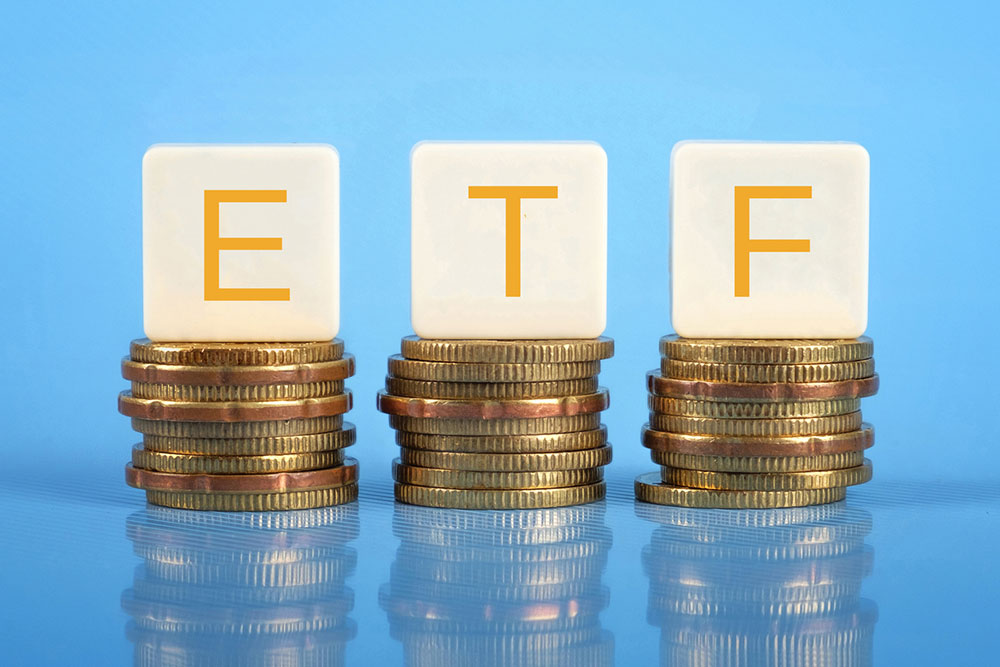Top High-Yield Dividend ETFs for Income Investors
Discover top high-yield dividend ETFs suitable for conservative investors seeking income and stability. Learn about various options, including US and global funds, focusing on risk profiles and investment strategies to diversify your portfolio effectively.

Dividend-focused exchange-traded funds (ETFs) offer a way to invest in a diversified basket of high-paying dividend stocks across various sectors and regions. These ETFs typically emphasize companies with a strong track record of increasing dividends, often large-cap, blue-chip firms with lower risk profiles. They appeal to conservative investors seeking steady income and those aiming to diversify their portfolio with more stable assets. The universe of dividend ETFs includes many options, excluding leveraged or inverse funds.
Here are some notable high-yield dividend ETFs:
Fidelity NASDAQ Composite Index Fund (ONEQ)
Issued by Fidelity, this ETF has an expense ratio of 0.21%, an annual yield of 1.79%, and a 3-month trading volume of 37,090 shares. With $2.49 billion in assets, it invests in US stocks of various sizes, blending value and growth strategies.
First Trust NASDAQ Technology Dividend Index (TDIV)
Offering an annual yield of 2.19%, TDIV has an expense ratio of 0.50% and manages $1.20 billion. It focuses on large-cap US tech firms, utilizing a blended approach to investing.
Global X YieldCo (YLCO)
This fund features a yield of 2.85%, an expense ratio of 0.65%, and manages $37.2 million. It concentrates on global renewable energy companies involved in solar, wind, hydro, and geothermal projects, adopting a multi-cap, blended growth/value strategy.
WisdomTree U.S. SmallCap Dividend Fund (DES)
Tracking the SmallCap Dividend Index, DES offers a yield of 2.57% with an expense ratio of 0.38%. It targets smaller US companies with the bottom 25% of market capitalization, diversifying income sources.
Choosing the best dividend ETF depends on your risk appetite and investment timeline. While high yields are attractive, maintaining diversification is often more vital for long-term success.









